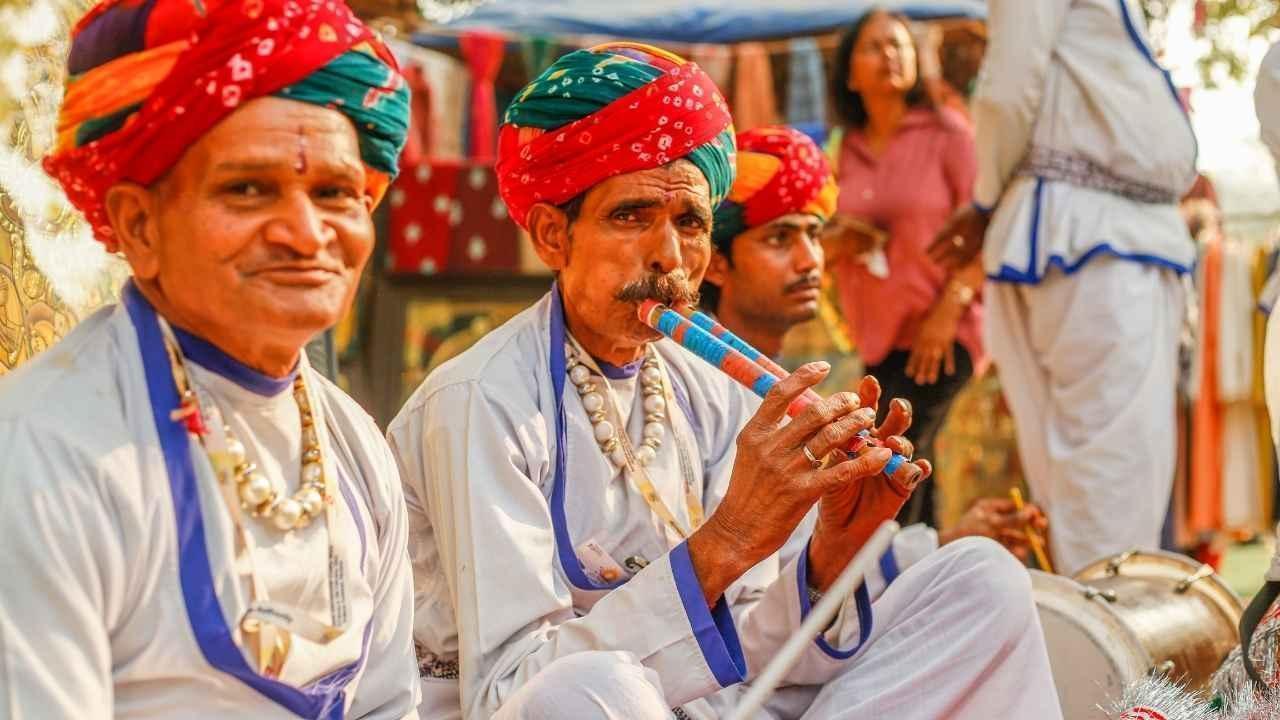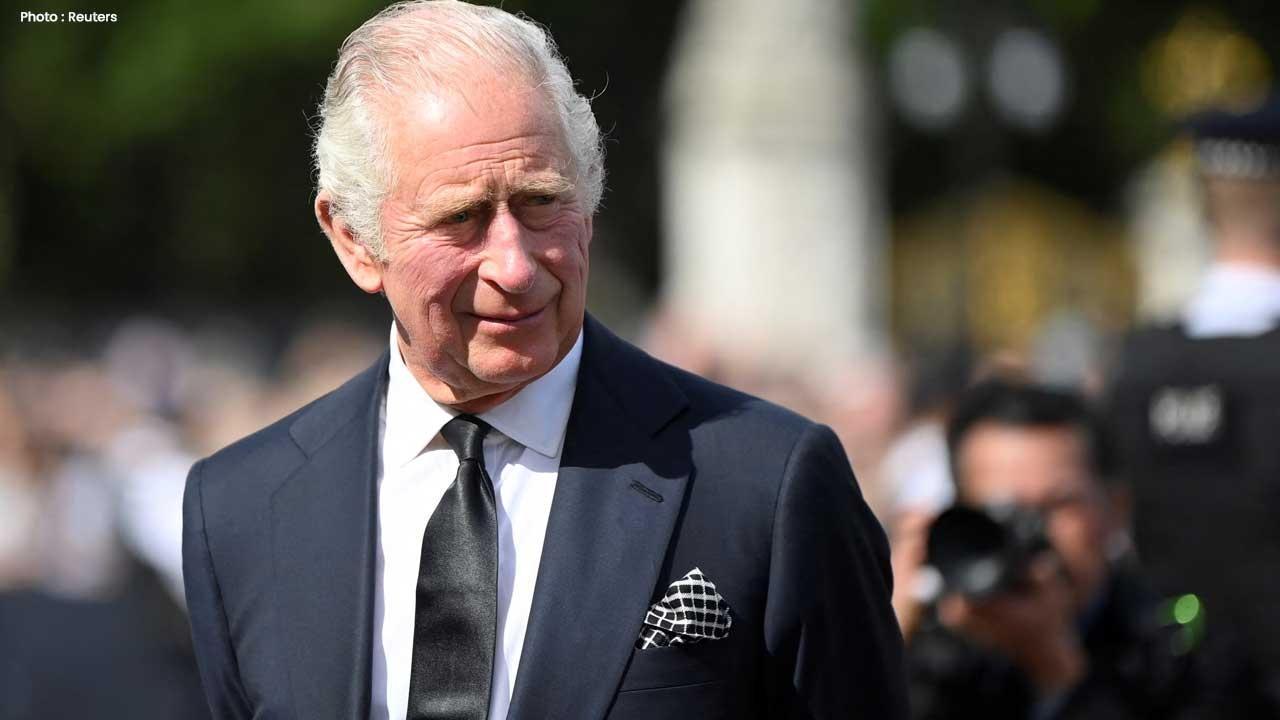
Post by : Mikhael Al-Saeed
Folk music acts as a living record of communities — simple songs and melodies that carry emotion, memory and tradition. From village gatherings to public festivals, these tunes sustain cultural ties and shared identity.
Folk music grows from everyday life and is transmitted person to person rather than through formal notation. Its lyrics often describe daily work, family, love, rites of passage and seasonal events.
Unlike studio-produced pop, folk music thrives in informal settings. It is sung in fields, along roads and at family celebrations. Each rendition reflects local customs and collective memory.
Its strength is honesty: folk songs rely on human voice and simple accompaniment to express joy, sorrow, resilience and hope. Across regions — from deserts and hills to plains — folk music connects people through shared feeling.
Long before modern recording, people used song to mark seasons, work and ceremony. Folk music evolved as a communal practice, shaped by farmers, travelers, artisans and storytellers.
Different areas developed their own traditions: Bengal’s Baul and Rajasthan’s Manganiyar singers in India; Celtic reels and airs in Ireland; and early American blues, country and bluegrass that grew from settlers and workers.
Over generations, these songs became markers of cultural identity and social memory.
Many folk sounds come from handmade instruments crafted from wood, metal or clay. Each instrument contributes a distinct tone and cultural context.
Flute and Bansuri: Produce soft, lyrical lines common in South Asian and European folk repertoires.
Guitar and Banjo: Core to American folk styles, providing rhythm and harmonic support.
Sitar and Tabla: Offer melodic and percussive depth in Indian folk forms.
Drums and Dhol: Drive tempo and communal dance in many African and Asian traditions.
Oud and Darbuka: Central to Middle Eastern song, conveying lyrical and rhythmic expression.
Each instrument carries its own regional history, often handcrafted and passed down by musicians.
Folk songs communicate essential themes — nature, labor, love, freedom and community. They can comfort, celebrate, or mobilise people during times of change.
In moments of conflict or social unrest, folk music has served as a vehicle for protest and solidarity. In calmer periods, it marks celebrations and cultural continuity. Across contexts, it reflects human experience.
Every region has a distinct folk heritage with unique rhythms, instruments and subject matter.
India: From Punjab’s energetic Bhangra to Bengal’s introspective Baul, Indian folk shows vast regional variety.
Ireland: Irish folk blends poignant ballads and lively jigs, often led by fiddle and flute.
Africa: Drum-centred songs and chants emphasise communal life, dance and ceremony.
Middle East: Arabic folk features poetic lyrics and melodic instruments like the oud.
America: US folk traditions grew from workers and settlers, shaping blues, country and bluegrass narratives.
Each style transmits the values and history of its people.
Folk traditions persist and adapt in the modern era. Musicians fuse old forms with pop, rock and jazz, bringing these songs to younger audiences.
Events like the Rajasthan International Folk Festival and Folk Alliance International, together with online platforms, help artists reach wider audiences and keep traditions visible.
Folk music remains a living tradition, evolving while retaining its roots.
In an age of digital production, folk music reminds listeners of music’s communal and emotional origins. It preserves ancestral stories and offers a direct, human expression.
Simple melodies and honest voices can resonate more deeply than technological polish, keeping cultural memory alive through shared performance.
As long as people tell stories and sing together, folk music will continue to bind communities and convey messages of hope, belonging and continuity.
Disclaimer
The material here is intended for general information and educational purposes. It is not professional advice on music education or cultural research. Readers should consult authoritative sources or specialists for detailed learning or practice in folk traditions.










Shreyas Iyer in ICU in Sydney After Rib Injury During Third ODI
India ODI vice-captain Shreyas Iyer is in a Sydney ICU with internal bleeding from a rib injury sust

NBA Friday Highlights: Miami, Lakers, Milwaukee, and Clippers Triumph
Miami, Lakers, Bucks, and Clippers secure victories in thrilling NBA Friday games with standout perf

Doncic Dominates with 49 Points as Lakers Defeat Timberwolves 128-110
Luka Doncic scores 49 points to propel the Lakers past the Timberwolves 128-110; Reaves and Hachimur

Kings Narrowly Defeat Jazz 105-104 with Sabonis' Late Heroics
Domantas Sabonis' last-minute shot secures a thrilling 105-104 win for the Kings against the Jazz in

Argentina's Friendly Match with India Delayed, New Date to be Announced
Argentina's friendly against India in Kochi is postponed; a new date will be confirmed soon due to F

Rohit and Kohli Conclude ODI Journeys in Australia with a Win
Rohit Sharma and Virat Kohli close their ODI chapter in Australia with a win, partnering for an unbe